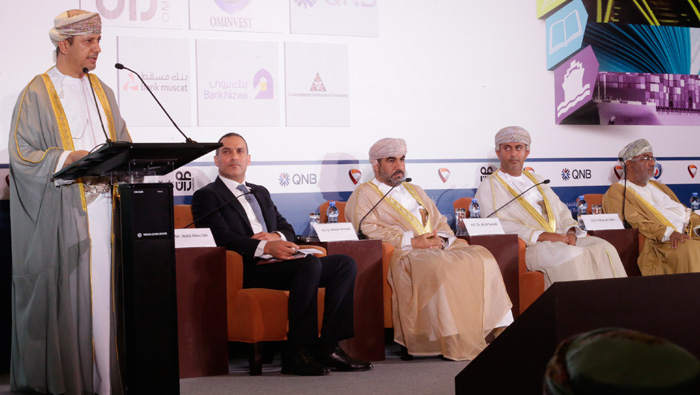
Muscat: Oman’s Ninth Five-Year Development Plan aims at achieving an average annual economic growth of 3 per cent per annum between 2016 and 2020, according to a top-level government official.
The five-year plan was prepared in the aftermath of fluctuating crude oil prices, said Sultan bin Salim Al Habsi, secretary general of Supreme Council for Planning.
Al Habsi, while addressing the fifth Oman Economic Forum, said the priority areas for development during the plan period include tourism, mining, aquaculture, logistics and transport. The plan will focus on further diversification to develop non-oil sectors and strengthen partnership between public and private sectors.
Another major objective of the five-year plan is to create a pool of qualified Omani workforce and encourage entrepreneurship among youths. Focus will also be on social development, including education, training and employment.
Foreign investment
Addressing the forum, Dr Ali bin Masoud Al Sunaidi, minister of commerce and industry, said that the Sultanate is encouraging foreign direct investment and investment from private sector within the country.
He said that the country is facing challenges due to a substantial fall in oil revenues. “However, Oman decided to continue investment, attract investment from other countries and enhance the role of private sector,” noted the minister.
In order to attract investment, the minister said the government has introduced flexibility in investment regulation and procedures, which include the one-stop-shop for registration – easy invest. As many as 55 e-services have been launched in the easy invest portal.
Also, a separate section has been created for clearing investment projects exceeding OMR10 million. The Royal Oman Police also introduced a single window for customs clearance for foreign trade.
Further, the Ministry of Commerceand Industry in cooperation with the World Bank, has prepared a foreign investment law, which is in the final stage, noted Dr Al Sunaidi.
Also, he said the opening of Oman Convention and Exhibition Centre by the end of the year will help to attract conferences to the Sultanate.
The minister said that although the fall in crude oil price has affected government revenues, non-oil sector has shown a 4.7 per cent growth in 2015. He said since Oman is part of GCC and Arab free trade zone, the country has a lot of potential for strengthening exports. The Sultanate, which has three major ports, will be able to take advantage of China’s plans to redevelop the silk route.
The fifth edition of Oman Economic Forum at Shangri-La Barr Al Jissah Resort & Spa was held with the theme ‘Oman: a Bridge between Asia and GCC.’
The forum was organised by the Ministry of Commerce and Industry, in conjunction with Al IktissadWal-Aamal Group, the State General Reserve Fund (SGRF), the Central Bank of Oman and Oman Chamber of Commerce and Industry.
The forum discussed several topics including Oman’s economic outlook, Oman’s role as a bridge between Asia and the GCC, the key investment opportunities in the Sultanate, the investment prospects in Iran, the main factors attracting investments and the enhancement of entrepreneurship through small and medium enterprises.
Eng. Mohammad Reza Nematzadeh, iranian minister of industry, mines and trade; Qian Keming, vice minister of commerce, China and Miki Yamada, Japanese parliamentary vice-minister for foreign affairs also addressed the gathering.